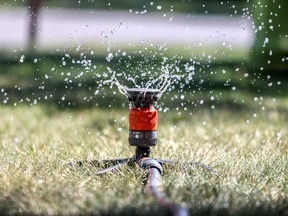[ad_1]
Article content
For most Canadians, water has never been more than a trivial matter.
Advertisement 2
Article content
Our fresh water reserves put us in third place globally — and this can make it feel as if we have an infinite supply of this precious resource.
Many years ago, a co-worker who’d just come back to the office from a trip to Quebec City relayed the story of a fellow tourist she encountered at Montmorency Falls, a lovely spot just east of Quebec’s capital.
The fella was from a part of the world where water was scarce, she reckoned, because as he stared in bewilderment at the torrent gushing down the escarpment, he kept exclaiming: “You’ve got to collect all that water!”
Her story got a good laugh out of us then — but the matter of water shortages is no laughing matter anymore.
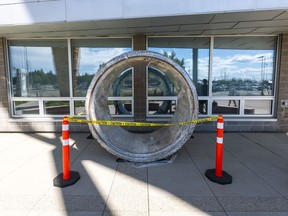
Calgary returns to strict restrictions on outdoor water use on Monday as crews work to repair critical damage at 21 locations on this city’s most important water main — the same one that burst on June 5, leading to an earlier round of water limits. Calgarians are also being asked to minimize their water use indoors.
Article content
Advertisement 3
Article content
The restrictions are expected to remain in effect for four weeks while construction occurs around the clock to fix the latest problems.
While our current predicament is the result of a failure of constructed systems, we could very easily have got to this point even without a broken water main.
Southern Alberta is experiencing some extremely dry conditions and even before Calgary’s acute water emergency, the provincial government had been encouraging people to conserve water.
It’s shocking to know we’ve been so decadent with water consumption.
While Canada has access to huge quantities of fresh water, those reservoirs aren’t exactly near to everyone. It’s not as if Western Canada gets to benefit from water flowing from the Great Lakes, for example.
Advertisement 4
Article content
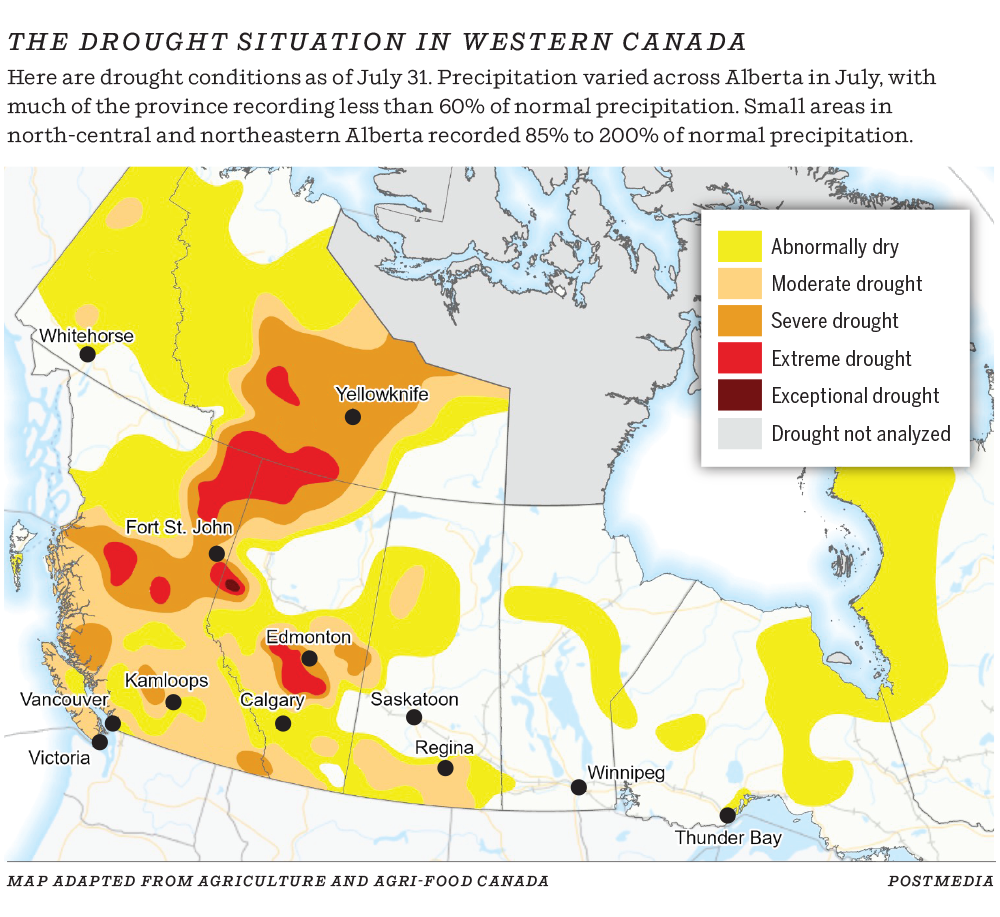
Even we did, we don’t use water directly from those reservoirs. It needs to be treated and delivered — and as Calgary’s water woes this summer have shown, it doesn’t take much for things to go sideways.
(And let’s not forget about the communities across this country, many of them Indigenous, that have been without safe drinking water for years.)
In Alberta, some 80 per cent of our fresh water is in the north, while 80 per cent of consumption is in the south, according to the province.
A lot of our water comes from snow melt, which can vary wildly.
“Rain and snow patterns are unpredictable, and building more infrastructure will not solve the problem if no water is available,” the province wrote presciently in a document published in December 2010.
Advertisement 5
Article content
“Not only do we need to use our existing supplies wisely, we must consider costs. It costs money to treat, transport and dispose of water, as well as maintain water infrastructure.”
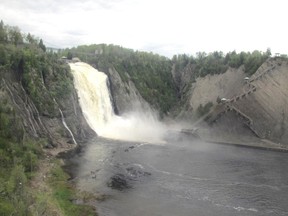
Even if Calgary’s current water problems hadn’t happened, we need to be continually vigilant about how we (mis)use fresh water.
It starts with simple little things that don’t really affect our quality of life.
There’s really no good reason to let the tap run when brushing our teeth, when we can use a cup for rinsing water.
We should be installing aerators and other low-flow fixtures when the time comes for replacements. I was taken aback in June by how much grey water I was able to collect, even during those extra-short showers.
Outdoors, people have already been adding rain barrels to their properties to make best use of precipitation. And to stretch that water, for those of us who haven’t already thought about it, it’s time to revisit the kinds of plants we choose for our yards.
It shouldn’t take a crisis for us to stop treating water as an endless resource because as we’ve been shown, it really isn’t one.
Recommended from Editorial
-

As water main repairs near, uncertainties remains for affected Bowness residents
-

Calgary pipe woes flag ’dire need’ for infrastructure upgrades
-

Billions of litres of water lost to Calgary’s leaky pipe connections
-

Flocculation, coagulation: Explaining Calgary’s water treatment system
-

How did Calgary’s water crisis unfold? A day-by-day look at what we know
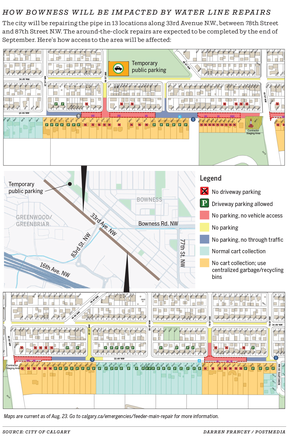
Article content
[ad_2]

